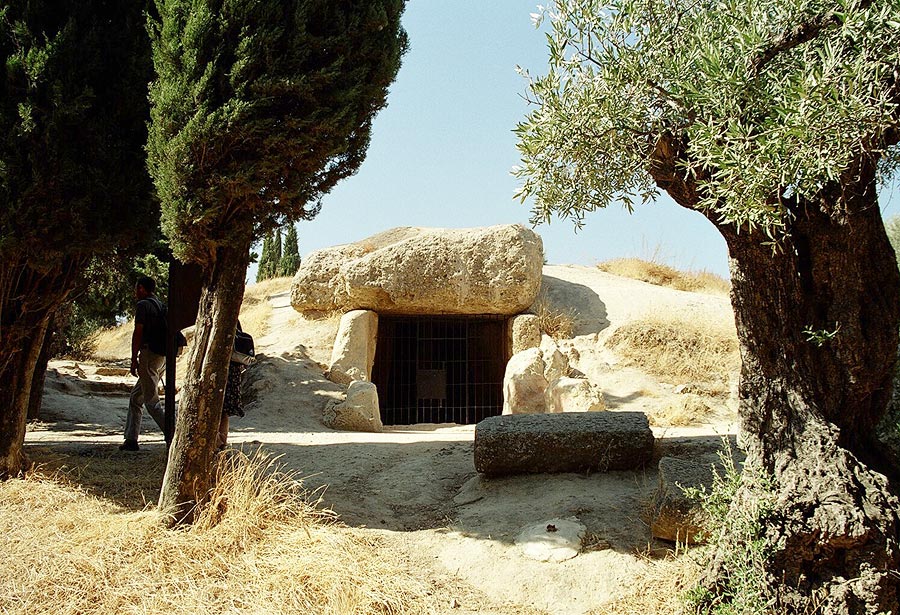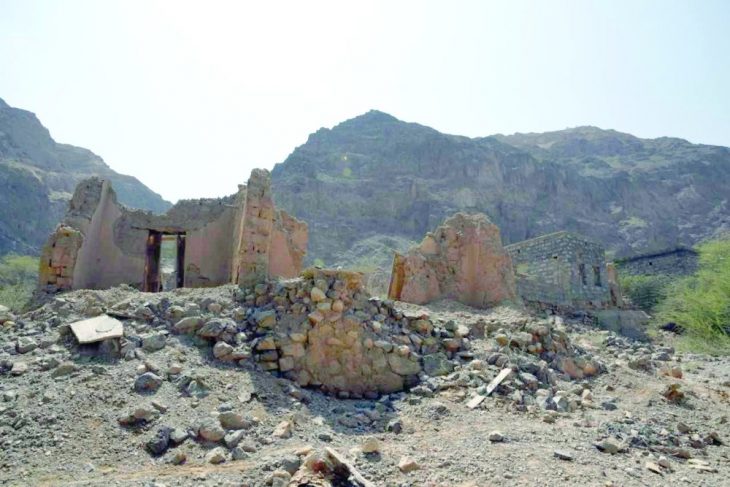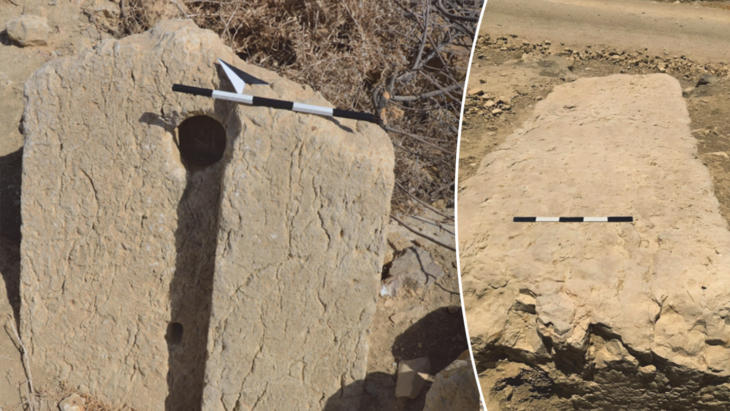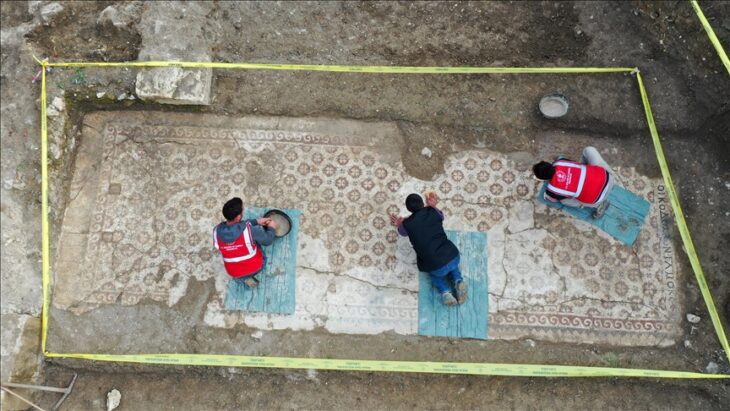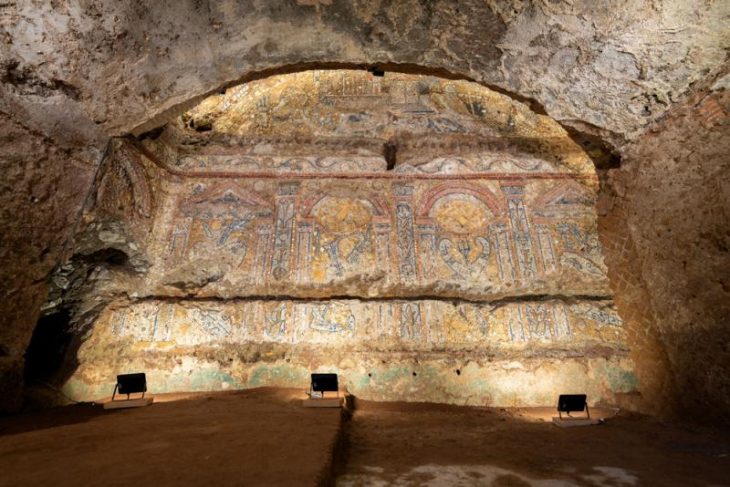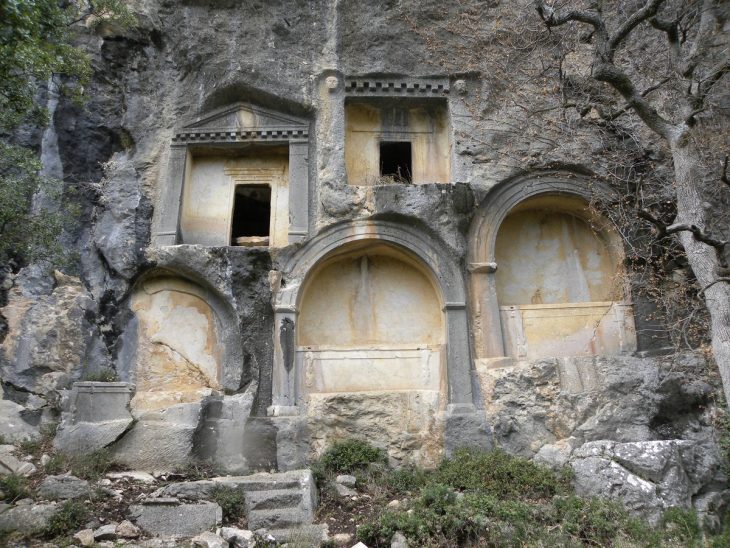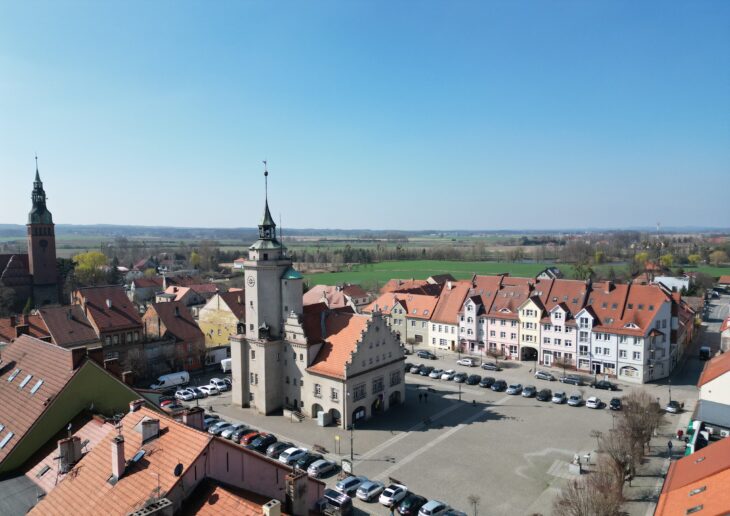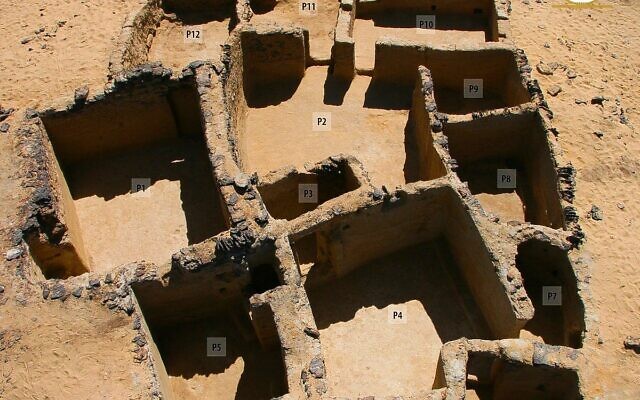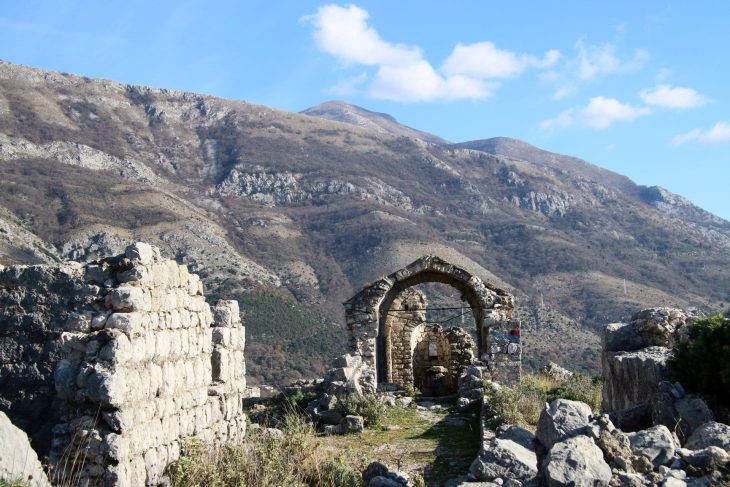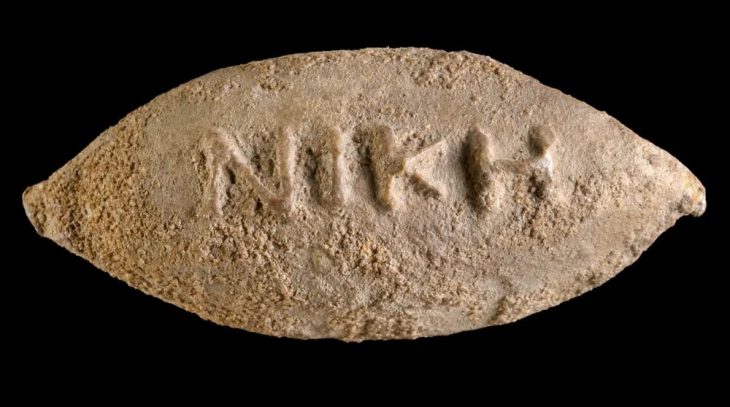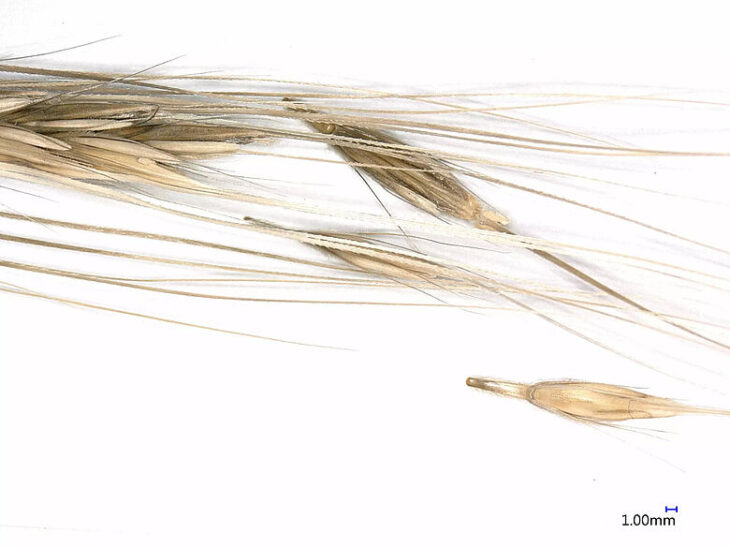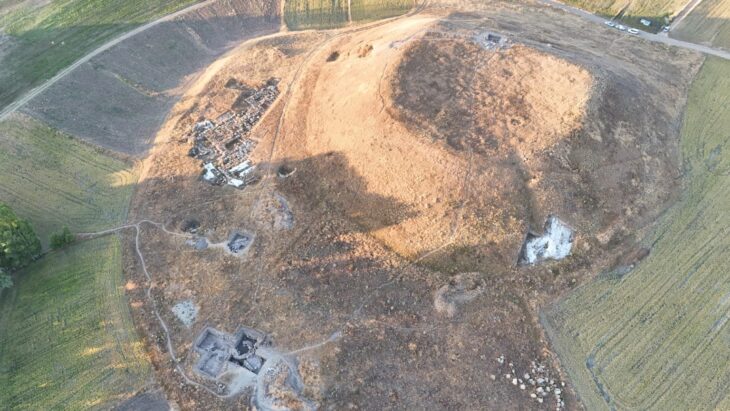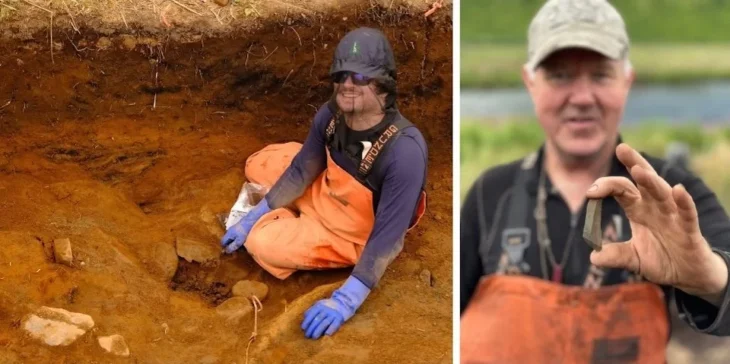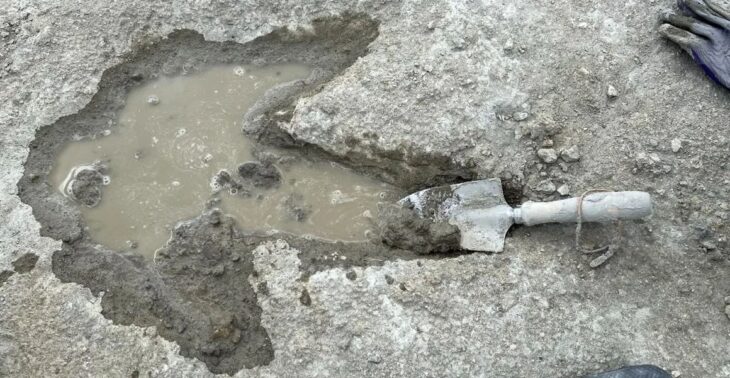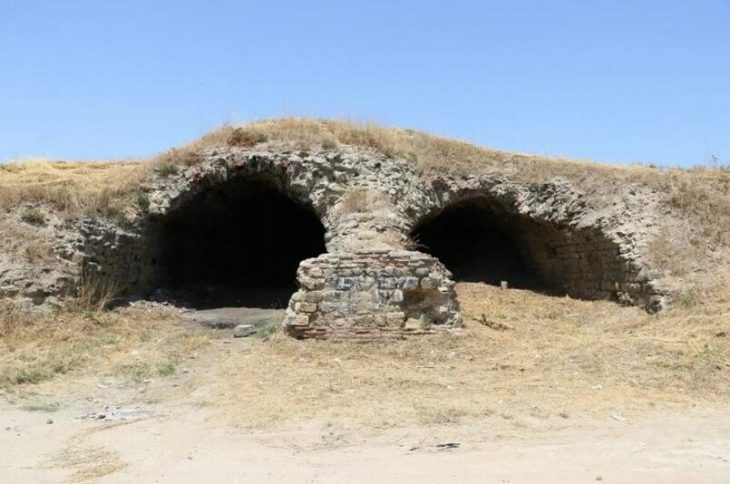Researchers say that a new analysis of the 6000-year-old stone Menga (also known as the Dolmen of Menga), supported by massive stone blocks and columns in southern Spain, requires advanced knowledge of physics, geometry, and geology.
This enormous prehistoric stone monument has been the subject of new research, which reveals it to be a “unique example of creative genius and early science” among Neolithic societies.
The results, which were released in the journal Science Advances, suggest that the Menga dolmen builders in southern Spain had more sophisticated engineering knowledge than was previously thought. This refutes the conventional wisdom that the building methods used during the Neolithic also referred to as the New Stone Age, were “primitive” in origin.
The engineering on display, the authors argue, reflects a process of trial, error, and learning similar to how scientists solve problems today.
“It is impossible to understand how a monument as sophisticated as Menga was built between 3800 and 3600 BCE without resorting to a notion of ‘early science,’ especially considering that, to this date, no precedents have been found in Iberia suggesting a gradual, steady increase in the development of engineering expertise through trial and error,” José Antonio Lozano Rodríguez and colleagues write in their published study.
📣 Our WhatsApp channel is now LIVE! Stay up-to-date with the latest news and updates, just click here to follow us on WhatsApp and never miss a thing!!
“Our findings run entirely counter to the idea of ‘primitiveness’ or ‘rudeness’ that for a long time has underpinned both the popular and scientific understanding of Neolithic societies.”
Approximately 7000 B.C.E., or the beginning of the early domestication of plants and animals, marked the start of the Neolithic period in Europe and is characterized by the vast monuments known as megaliths.
Each of the 32 colossal stones that make up the Menga Dolmen, a megalithic monument, is many times bigger than the largest megaliths at Stonehenge, the most famous Neolithic wonder.
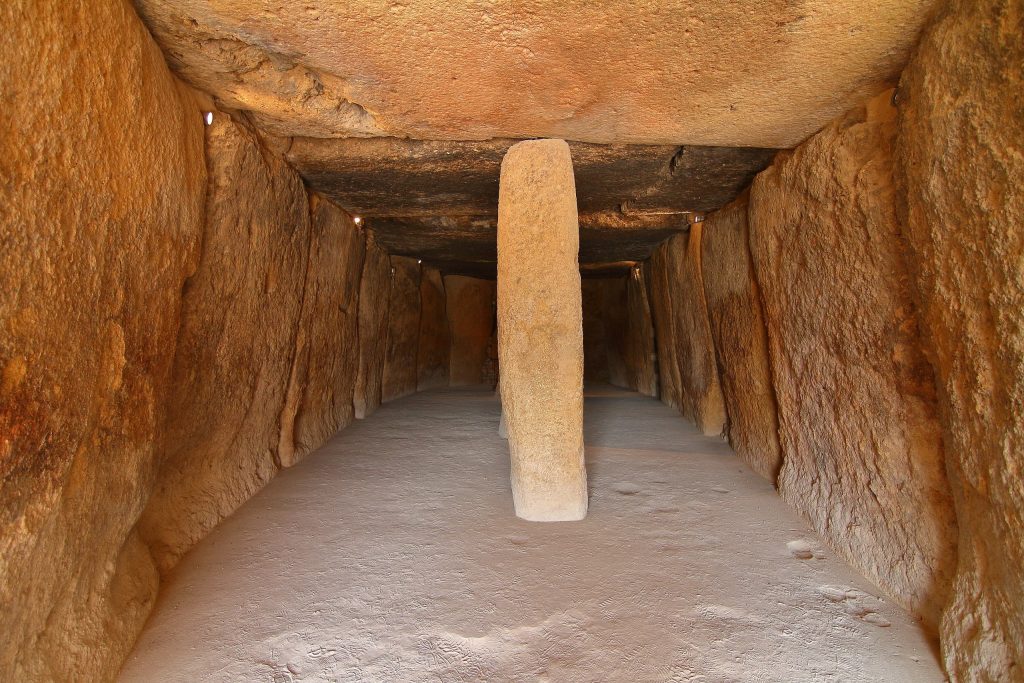
A single-chamber tomb, or dolmen, measuring approximately 25 meters (82 feet) in length and 5 meters (16.4 feet) in width, is formed by the stones embedded in the ground on a hilltop rising approximately 50 meters (165 feet) above the surrounding plain. About five times heavier than the largest piece of Stonehenge, the largest single stone weighs approximately 150 metric tons, or roughly the same as a blue whale. The megaliths weigh approximately 1,140 metric tons when combined.
For the better part of the twentieth century, scientists had generally agreed that the diverse Neolithic societies that appeared about 6,500 years ago lacked the scientific sophistication and knowledge necessary to construct monuments similar to those that started to appear in the succeeding millennia. Scientists have recently been forced to reexamine those conclusions, including what early scientific concepts these ancient builders might have used, in light of discoveries like the ancient stone monument of Gobekli Tepe in Türkiye.
After examining multiple facets of Menga, a group of researchers has concluded that its creators probably grasped the concept of friction and used a variety of scientific ideas, including geometry.
The researchers write, “Its extraordinary dimensions demanded sophisticated design and planning, a large mobilization of labor, and perfectly executed logistics.” Still, they note that it has never been studied by experts from such a diverse group of scientific disciplines.
The team notes in the paper that for stability, Menga’s builders set more than one-third of the wall stones deeply into the bedrock. They experimented with the arrangement of all 32 stones, discovering that they fit together akin to Tetris pieces.
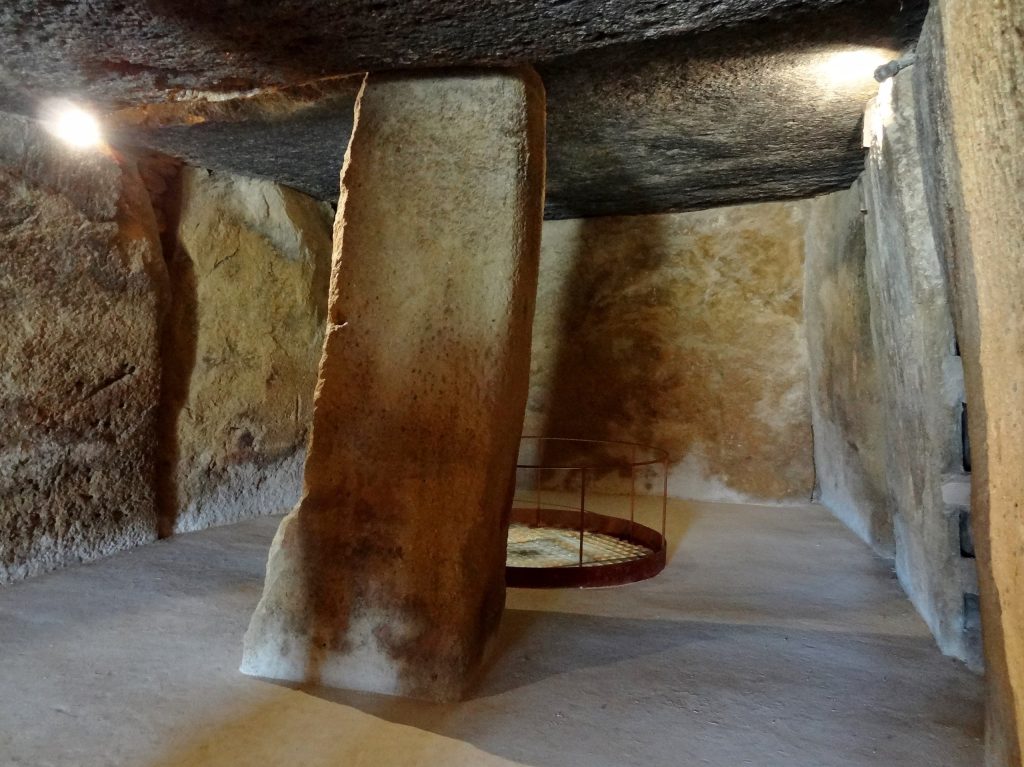
“The blocks were placed with high precision, locked with each other, so they support each other and the whole block,” says Leonardo García Sanjuán, a prehistorian at the University of Seville.
For fortification and waterproofing, a mound of smaller rocks and soil was placed on top of the roof. The heaviest stone, a 150-ton slab used on the ceiling, has a slight convex shape, which distributes its load to the sides, making Menga the earliest known structure to deploy the principle of the arch.
Minuscule pieces of fossilized algae, crustaceans, and mollusks discovered in the stones by these scientists and their forebears suggest the origins of the organisms were a sedimentary rock quarry located approximately 850 meters southwest. Given that Menga is located 50 meters lower than that quarry, the builders must have found a way to move the enormous stones downhill. While some researchers suggest that the stones were likely rolled over on a log bed, the authors contend that sleds would have made for a more comfortable ride for the pliable stone.
Sanjuán and colleagues suggest that taken as a whole, the evidence points to Menga’s builders having not only sophisticated planning and logistics skills but also a sophisticated understanding of structures and materials. They were aware of physical characteristics like friction, mass, and load-bearing capacity, as well as the geologic characteristics and locations of the accessible rocks. Additionally, they suggest that Menga’s builders used a solid understanding of geometry to fit all the stones together.
“I think we have been hesitant to call it science in the past because of prejudice,” Sanjuán says. “We did not see prehistoric societies as capable or worthy of having science.”
Cover Image: Wikipedia

